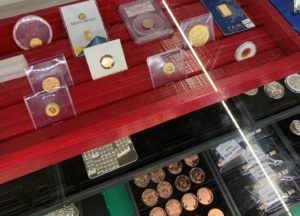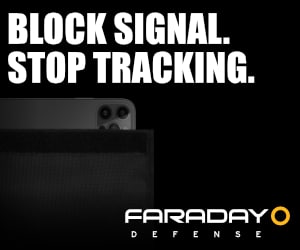I usually don’t get excited about solar trackers. Trackers are more expensive than a fixed pole mount or ground mount, and their costs often outweigh or cancel out any production benefits. But last year at SPI, I couldn’t keep my eyes off of this solar tracker by Pursuit Solar; it’s a fully mechanical solar tracker that requires no electricity to work. After connecting with Pursuit Solar, they sent me a demo model to review which has brought me into this discussion on how people should decide if they should use a solar tracker or not. I also just wanted to show off this super cool solar-powered solar tracker that is fully mechanical! Watch my video and keep reading below for my take on this tracker by Pursuit Solar and solar trackers in general.
How The Pursuit Solar Tracker Works:
As a mechanical engineer I was immediately intrigued by this tracker because it is fully mechanical, requiring no motors, controllers, or PLC’s to track the sun. Instead, this self-powered solar tracker has 3 main components: industrial wax, an extremely powerful piston, and a parabolic dish. These components work in combination to create a solar-powered hydraulic mechanism known as HelioDrive™, developed by Sulas Industries. HelioDrive™ technology is based on the principles of heliotropism. An example of heliotropism can be found in a sunflower as it moves throughout the day to follow the sun. Basically, as the sun is picked up in a parabolic dish, the industrial wax located in a collector begins to melt, allowing the powerful piston to begin moving in it’s full range of motion, which looks much like that of a sunflower. And then it resets in the evening, just like a sunflower does. A video by Sulas Industries that explains in detail how HelioDrive™ works can be found here.
If you live in a cold climate, you have nothing to worry about. These Pursuit Solar trackers will function even in very low temperatures. The sunlight is focused through an evacuated tube so there in not an issue in melting the wax even in Antarctica. That being said, there are different wax formulas for different climates.
The model in my video is just a demo model that shows demonstrates how strong the piston component is; it is extremely powerful and reliable, lifting 2,000 lb of cinder blocks as it rotates. The standard models hold 12 72-cell panels, and there is another model available that can hold 18 72-cell panels.
I’ve been watching this tracker for 2 months and love coming home to the panels facing the sun. But one problem I have noticed is that if the weather is cloudy in the early morning, the tracker won’t pick up the sun and consequently won’t start to track. The result is the sun continues to move in it’s path while the tracker has no way of catching up and tracking its path once the sky clears. That’s the only negative part of this. For me, when I come home, I want to see the tracker tracking with the sun, but this just doesn’t do it for about 5 days out of the month from what I can observe. The concept is still amazing, maybe there could be some tweaking with the collector so that the tracker doesn’t skip a beat.
The Solar Tracker Trade-Off
Now, in my experience, there is always a trade off when it comes to solar trackers. Pursuit Solar estimates that this solar tracker will give you a 20% gain in solar production, which is an obvious benefit. And then there is the “cool-factor” that you get, especially with a self-powered solar tracker like this one. But one of my main considerations when making decisions with solar is cost per watt. I would advise anyone to do the math and compare the cost of a solar tracker with the cost of adding more panels to a fixed mount to obtain the same increase in solar production. However, if you don’t have the ground space to add more panels, then a solar tracker could be the best and only way to gain more solar.
Are Trackers Coming Back?
There are several trackers on the market and some have gone out of business. Trackers were big when panels were so expensive, but they phased away once panel prices have gone down. And for some reason trackers have come back.
This year I’m getting a lot of requests on trackers. People ask why they never see me work with them on our projects. A lot of times, the costs of solar is so high so we recommend the cheaper fixed ground mount if you have the space. If you don’t have the space, a solar tracker is a very attractive option. If you do have the space, you can add more panels to a cheaper ground mount and compensate for what a tracker would produce.
So you can do the math, if a tracker produces 20% more power, you can add 20% more panels, and on average your fixed ground mount is going to equate to what a tracker is. If you don’t have the room, tracker is a great option that comes with that cool-factor, which is what caught my eye with this tracker.
Let me know in the comments what you think about trackers and be on the look out for another review in 2 months of a horizontal solar tracker that’s more affordable than a parabolic tracker.
















